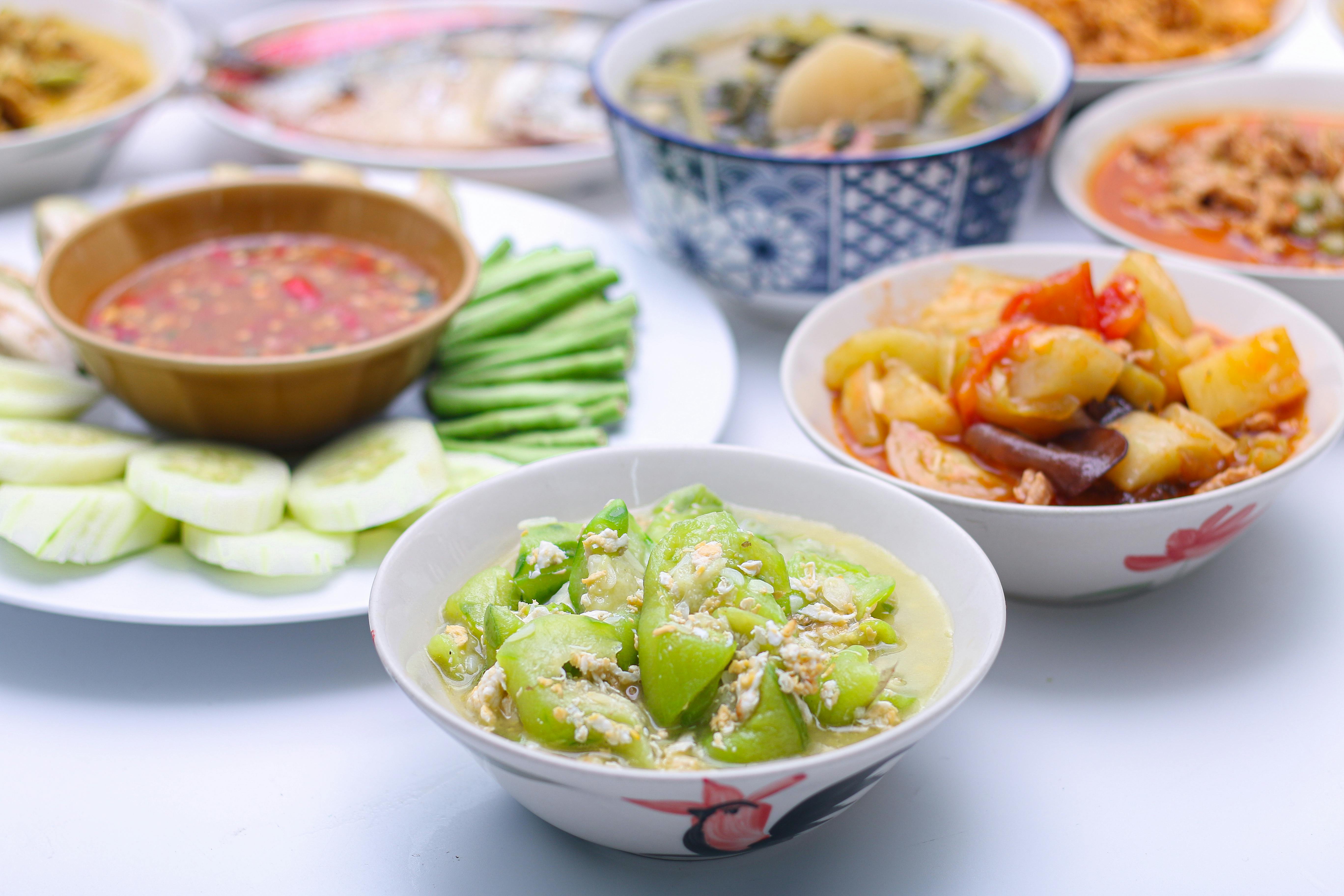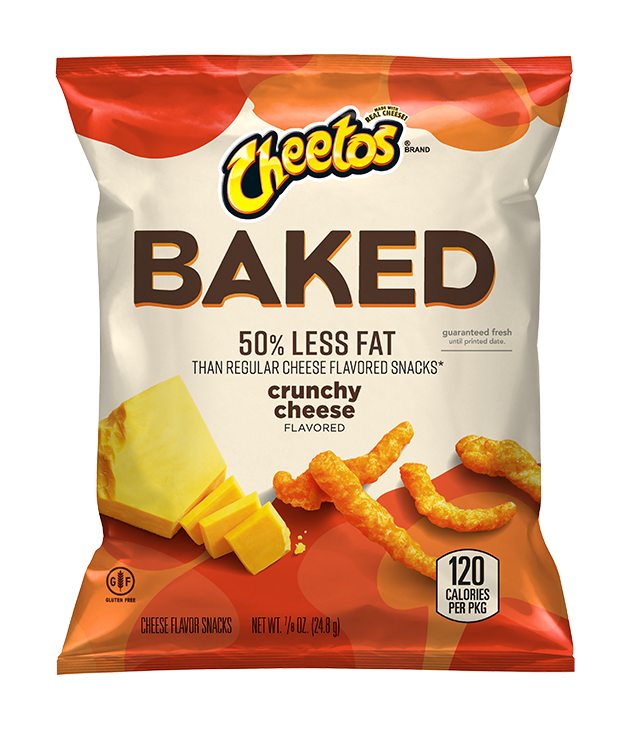Smart Ways to Optimize Your Insulin Resistance Diet Plan in 2025

Smart Ways to Optimize Your Insulin Resistance Diet Plan in 2025
As we advance into 2025, managing insulin resistance and enhancing metabolic health is becoming increasingly important. For those dealing with insulin resistance, the right diet can significantly help in balancing blood sugar levels and improving overall well-being. This article will explore the essential components of an effective insulin resistance diet, including food options, meal planning strategies, and practical tips for incorporating healthy habits into your daily routine. By optimizing your meal plans and making mindful food choices, you can transform your health and effectively manage insulin levels.
The benefit of adopting an insulin resistance meal plan is immense. By focusing on low glycemic index foods, healthy fats, and fiber-rich options, you can not only improve your insulin sensitivity but also enjoy delicious meals that keep you satisfied. This article will provide a roadmap to create a sustainable plan that emphasizes portion control, balanced nutrients, and healthy cooking methods.
Key takeaways from this article include understanding which foods to eat, how to manage portion sizes, strategies for meal prepping, and navigating dining out while maintaining dietary goals. Let’s dive into the specifics of crafting a diet for insulin resistance that caters to your health needs.
Essential Foods to Include in Your Insulin Resistance Diet
Low Glycemic Index Foods for Stable Blood Sugar
Low glycemic index (GI) foods are crucial for managing insulin resistance as they promote steady blood sugar levels. Foods such as whole grains, legumes, and non-starchy vegetables have a lower impact on blood sugar, making them ideal choices. For instance, quinoa, barley, and brown rice are excellent whole grain options. Incorporating a variety of vegetables like spinach, broccoli, and kale can also enrich your diet with fibrous nutrients and promote optimal digestion.
Healthy Fats: Incorporating Nutrient-Dense Options
Healthy fats play an essential role in an insulin resistance meal plan. They not only provide necessary calories but also promote satiety and help to regulate hormones. Incorporate sources like avocados, olive oil, nuts, and seeds. For instance, swapping butter for olive oil or adding a handful of nuts to your snacks can make a significant difference in your daily intake. Aim for balance by enjoying healthy fats in moderation to avoid excess calories.
Protein Sources that Support Muscle Health
When selecting protein sources, opt for lean meats, poultry, fish, and dairy alternatives like yogurt and plant-based milks. Legumes and beans are also fantastic plant-based protein options that are filling and nutritious. Consider meal prepping chicken breast with quinoa and steamed vegetables for a convenient meal that aligns with your dietary goals. This strategy not only saves time but ensures access to healthy meals throughout the week.
Boosting Your Vegetable Intake and Fiber Consumption
Increasing your vegetable intake and fiber-rich foods is pivotal in combating insulin resistance. Foods high in dietary fiber, such as lentils, chickpeas, and fruits like berries, help in controlling hunger and improving digestion. Aim to fill half your plate with colorful vegetables at each meal, varying between cooked and raw options to keep meals exciting and nutrient-dense. Don’t forget about portion sizes; adhering to standard serving recommendations can ensure balanced meals.
Smart Snacking: Keeping It Nutrient-Dense
Nutrient-dense snacks can aid in managing cravings and keeping energy levels stable throughout the day. Choose options like Greek yogurt with fruit, a handful of nuts, or hummus with carrot sticks. These snacks not only provide essential nutrients but also help in reducing the intake of processed, high-sugar foods. When planning snacks, consider incorporating pre-portioned bags to discourage overeating and promote mindful eating habits.
Meal Planning Strategies for Success
How to Create an Effective Meal Plan
Creating an insulin resistance meal plan involves careful consideration of what and when you eat. Start with a grocery list focused on the essential foods discussed previously. By selecting low glycemic index foods and balancing macronutrients at each meal, you can promote better blood sugar management. Utilize meal plan templates that allow for flexibility while adhering to your dietary guidelines, keeping in mind your budget and personal preferences.
Meal Prepping: Time-Saving Tips
Meal prepping is an excellent way to stay on top of your insulin resistance diet. Plan a few hours each week to prepare meals in batches, such as cooking quinoa, roasting vegetables, and grilling proteins. Store them in portioned containers, allowing for easy access during busy weekdays. This practice minimizes the temptation of unhealthy choices and empowers you to stick to your planned meals.
Balancing Meal Timing for Optimal Results
Understanding the importance of meal timing can significantly affect insulin sensitivity. Aim to eat balanced meals throughout the day, incorporating meal timing strategies that suit your lifestyle. For instance, having regular meals and snacks spaced out can prevent overeating and maintain energy levels. Furthermore, consider incorporating time-restricted eating, which involves limiting food intake to specific hours, to enhance metabolic health.

Making Healthier Choices When Eating Out
Dining out can pose challenges when following an insulin resistance diet. However, by making mindful choices, you can enjoy meals without sacrificing your health goals. Look for diabetic-friendly recipes on restaurant menus that feature grilled proteins, salads, and whole grain options. Consider requesting dressings on the side, and don't hesitate to make special requests to suit your dietary needs.
Addressing Cravings and Reducing Inflammation
Coping with Cravings in a Healthy Way
Cravings can derail even the best dietary intentions. To successfully address cravings, develop strategies that integrate emotional and cognitive approaches. For example, employ mindfulness techniques to understand triggers and substitute healthier options like dark chocolate or fruit instead of sugary snacks. Keeping nutritious snacks on hand can also deter reaching for processed foods when cravings hit.
Inflammation-Fighting Foods to Include
Incorporating foods with anti-inflammatory properties can support metabolic health and reduce insulin resistance symptoms. Foods like fatty fish (rich in omega-3s), leafy greens, and nuts can combat inflammation and improve overall health. Adding herbs and spices such as turmeric and ginger can also offer antioxidant benefits, making meals both flavorful and nutritious.
Optimal Hydration and Its Importance
Staying hydrated is often overlooked but is essential in managing insulin levels. Water supports digestion, nutrient absorption, and overall energy levels. Aim for at least 8 cups of water daily, and consider incorporating hydrating foods like cucumbers and watermelon into your meals. A well-hydrated body functions more efficiently and sets a solid foundation for healthy habits.

Q&A: Common Questions About Insulin Resistance Diets
What are the best snacks for someone with insulin resistance?
Opt for snacks that are rich in fiber and protein, such as Greek yogurt, nuts, or hummus with vegetables. These choices can help stabilize blood sugar levels and keep you feeling satisfied.
How can I monitor my progress with an insulin resistance diet?
Tracking meals, using apps, or maintaining a food diary can help you monitor your progress, identify patterns, and adjust your dietary choices for better results.
Is exercise important for managing insulin resistance?
Yes, incorporating regular physical activity is crucial for improving insulin sensitivity and overall metabolic health. Aim for a balanced routine that includes both aerobic and strength training exercises.
Can eliminating sugars from my diet help with insulin resistance?
Reducing added sugars can significantly improve insulin sensitivity and overall health. Focus on naturally occurring sugars found in fruits and opt for low-sugar alternatives when necessary.
What is the role of a dietitian in managing insulin resistance?
Consulting a dietitian can provide personalized nutrition advice, helping you to create a tailored meal plan that meets your specific needs while ensuring balanced nutrient intake.